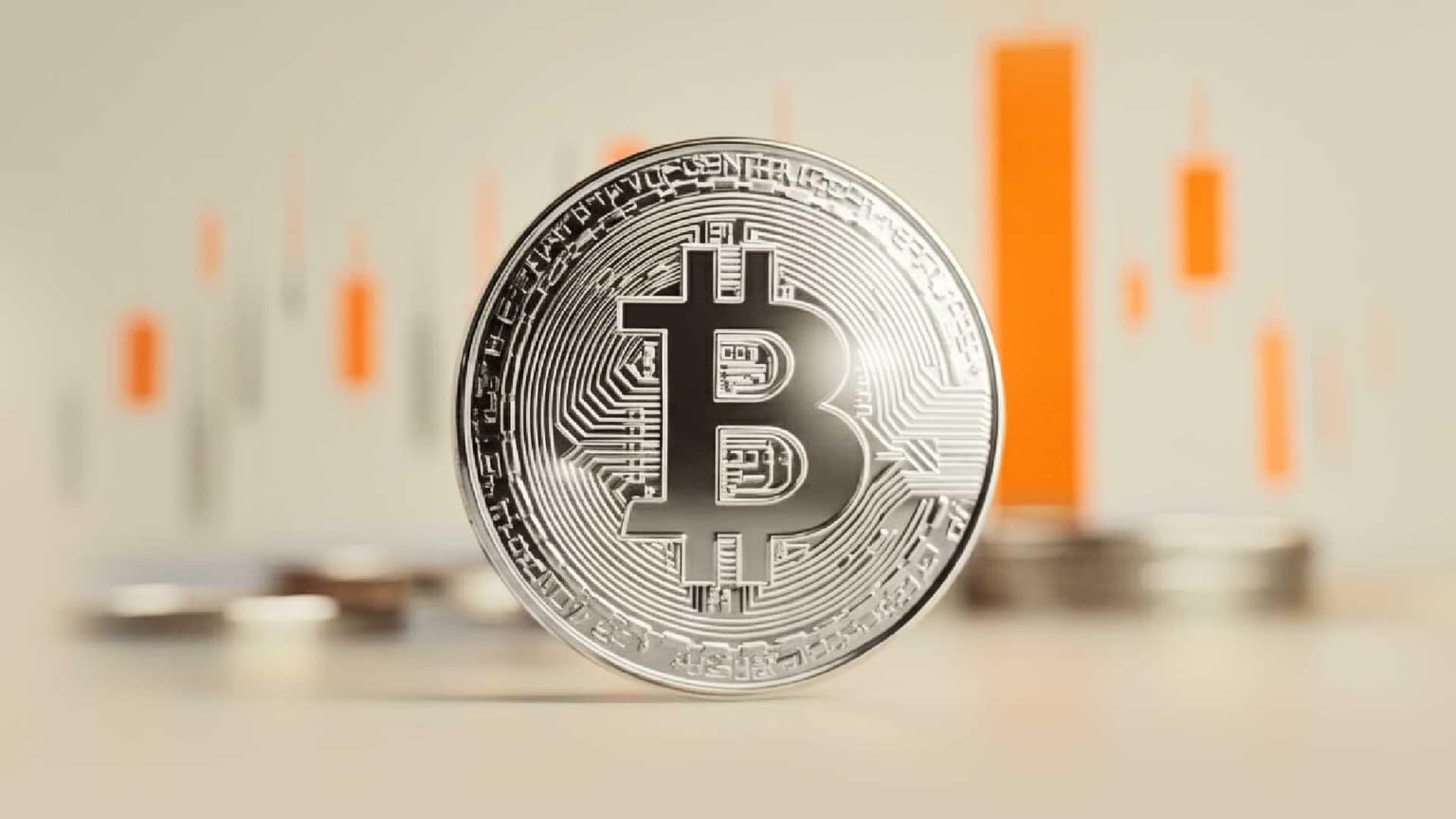Cardano reveals plans to revamp quality of dApps through certification levels
- The company behind Cardano has revealed plans to bring assurance to decentralized applications.
- Cardano’s plan could benefit smart contract developers and end-users by introducing certification levels.
- Cardano’s security checks will ensure that user funds and project reputation is protected from exploits.

Input Output Hong Kong, the software firm that developed Cardano, is developing certification levels to assess the quality of decentralized applications. Cardano’s goal is to secure smart contracts in its ecosystem.
Cardano rolls out future plans for dApps in its network
Cardano network is keen on providing high assurance to investors working with smart contracts. Input Output Hong Kong (IOHK) is keen on receiving source codes of high quality from secure smart contracts that utilize good properties.
The certification by Cardano would ensure that security checks are performed before deployments. Further to avert the threat of an attack, smart contracts would be continually audited and updated.
The steps taken by Cardano could provide benefits to both smart contract developers and end-users. This helps protect investor funds and project reputations from attacks and exploits.
Cardano laid out its future plans at the September 2021 summit. Cardano’s certification program would provide levels of quality for decentralized applications and internal smart contacts.
The firm is working with Runtime Verification, Tweag, Well Typed, Certik, and others. The new Cardano light wallet will be launched with the firm’s certification program.
ICYMI: a new #Cardano certification program aims to drive higher standards in assurance for #DApps and smart contracts.
— Input Output (@InputOutputHK) December 26, 2021
How do we plan to implement it & what benefits will it bring to #smartcontract developers and end users? https://t.co/tsv4IQNMOc
Charles Hoskinson, the founder of Cardano, noted that in 2021 over “two million assets” were issued in the ecosystem. Over 127 projects are currently under development, and nearly 30 of these projects will be launched within the next 90 days.
Hoskinson said,
Next year, what’s going to happen is that a formal open-source project structure is going to be formed, kind of like Hyperledger to Linux. We’re going to see many institutions wired in, and all the people that are currently working on it will be novated over, including me.
Author

Ekta Mourya
FXStreet
Ekta Mourya has extensive experience in fundamental and on-chain analysis, particularly focused on impact of macroeconomics and central bank policies on cryptocurrencies.





